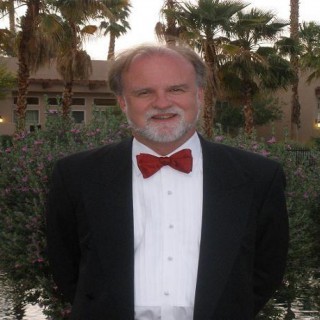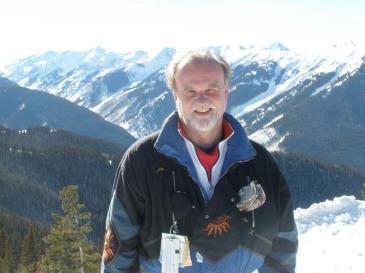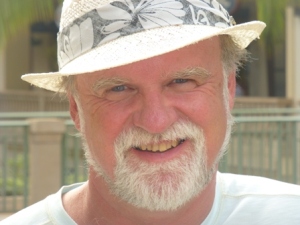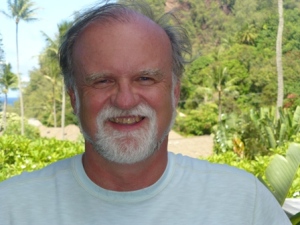Dr. Rainer Gruessner is a leading transplant surgeon who was appointed Chair of the Department of Surgery at the University of Arizona in 2007. Under his leadership, the University of Arizona’s Department of Surgery became one of the leaders in robotically assisted surgery. Gruessner drove his department to its impressive rise to one of the top overall surgery departments in the country with the intense focus on providing patients with the most noninvasive surgery options. His willingness to develop new techniques involving previously unused technologies has caused a continued emphasis on minimally invasive techniques in general and transplant surgery.
 Dr. Rainer Gruessner is considered by many of his peers a pioneer in the field of transplantation. His career is full of “firsts” in general and transplant surgery. In 1988, Dr. Gruessner was involved in the first ever split pancreas transplant. In 1997, he developed a repeatable technique for living donor intestinal transplants, a technique that is now used by leading transplant centers. He also performed the first laparoscopic biopsy of a pancreas transplant and one of the first successful emergent kidney auto-transplants. During his tenure in Arizona, Dr. Rainer Gruessner performed the Southwest’s first living donor liver transplant in an infant.
Dr. Rainer Gruessner is considered by many of his peers a pioneer in the field of transplantation. His career is full of “firsts” in general and transplant surgery. In 1988, Dr. Gruessner was involved in the first ever split pancreas transplant. In 1997, he developed a repeatable technique for living donor intestinal transplants, a technique that is now used by leading transplant centers. He also performed the first laparoscopic biopsy of a pancreas transplant and one of the first successful emergent kidney auto-transplants. During his tenure in Arizona, Dr. Rainer Gruessner performed the Southwest’s first living donor liver transplant in an infant.
 Aliyah had been diagnosed with a rare liver disease called biliary atresia, which occurs once in every 10,000 to 15,000 babies born. She needed a liver transplant to survive, but when Dr. Gruessner couldn’t find a matching deceased donor for several months, he decided to use the mother as the donor and perform a live donor liver transplant. Aliyah’s mother gave up a portion of her liver, which Dr. Gruessner transplanted into Aliyah, saving her life. Several years later, Aliyah is enjoying a normal life.
Aliyah had been diagnosed with a rare liver disease called biliary atresia, which occurs once in every 10,000 to 15,000 babies born. She needed a liver transplant to survive, but when Dr. Gruessner couldn’t find a matching deceased donor for several months, he decided to use the mother as the donor and perform a live donor liver transplant. Aliyah’s mother gave up a portion of her liver, which Dr. Gruessner transplanted into Aliyah, saving her life. Several years later, Aliyah is enjoying a normal life.
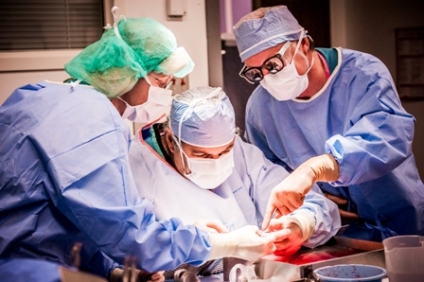 Dr. Gruessner’s accomplishments don’t end there. In 2000, he became the first transplantation surgeon to perform a laparoscopic living donor distal pancreatectomy, and in 2012, he performed the first robot assisted total pancreatectomy with an islet autotransplant. Both of these procedures changed how surgeons treat their patients, and a generation of surgeons use techniques pioneered by Dr. Gruessner today.
Dr. Gruessner’s accomplishments don’t end there. In 2000, he became the first transplantation surgeon to perform a laparoscopic living donor distal pancreatectomy, and in 2012, he performed the first robot assisted total pancreatectomy with an islet autotransplant. Both of these procedures changed how surgeons treat their patients, and a generation of surgeons use techniques pioneered by Dr. Gruessner today.
 Dr. Rainer Gruessner adds his developments, observations and research to the medical literature with over 600 publications, including abstracts, manuscripts, and book chapters. He sits on the editorial boards of both general and transplant surgery journal and is a member of over 20 professional societies. He has spoken at over 100 institutions and has edited two standard text books used around the country, with a third one on innovation in surgery in the works. He is also active in his professional community and has received several awards.
Dr. Rainer Gruessner adds his developments, observations and research to the medical literature with over 600 publications, including abstracts, manuscripts, and book chapters. He sits on the editorial boards of both general and transplant surgery journal and is a member of over 20 professional societies. He has spoken at over 100 institutions and has edited two standard text books used around the country, with a third one on innovation in surgery in the works. He is also active in his professional community and has received several awards.
For more visit : http://drrainergruessner.weebly.com/
